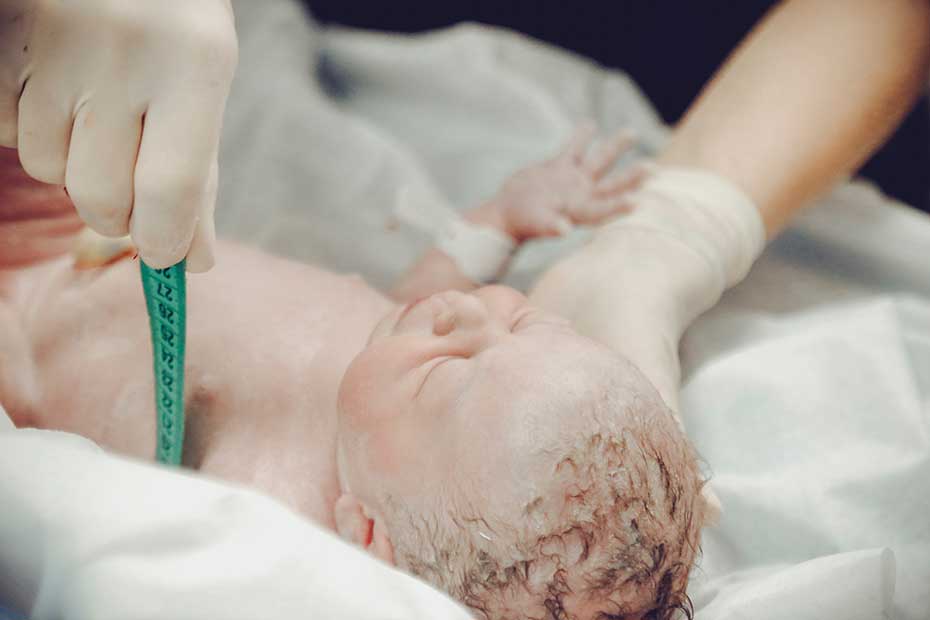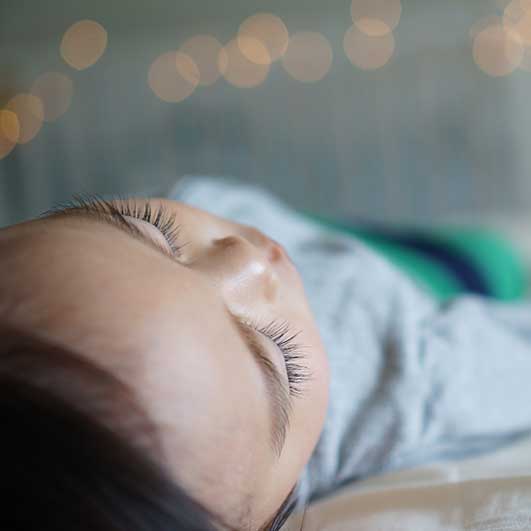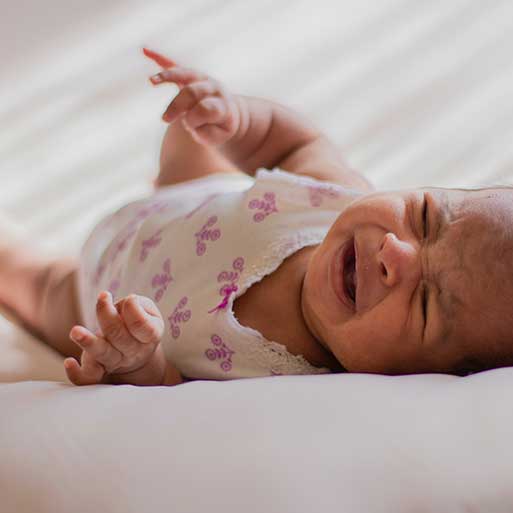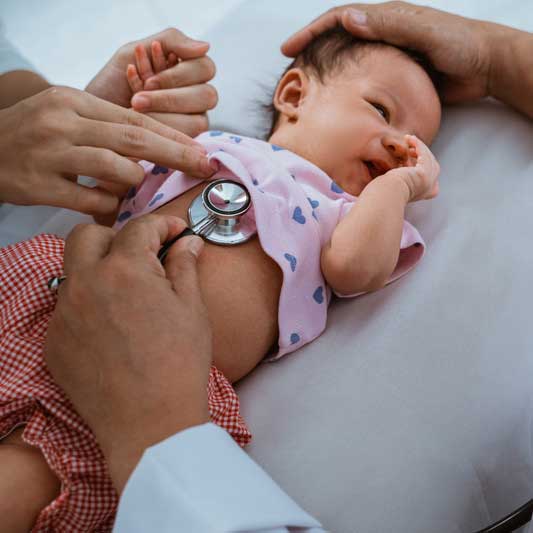What Will My Pēpi Look Like After Birth?

Here’s what to expect for your baby’s appearance immediately after birth.
We’ve all seen photos of picture-perfect, cherub-like newborn babies but it’s important to note that babies who have just been born don’t look like that! Birth is very primal and your baby’s appearance might come as a surprise if you don’t know what to expect.
Here’s what your pēpi may look like immediately after birth:
Their skin may be bluish, greyish or blotchy, turning pinker as they start to cry and breathe on their own. They may be covered in blood and coated in vernix, the creamy, white substance that protected their skin while in the womb.
Your baby’s head may look slightly pointed, long, or misshapen due to a normal process called ‘moulding’ which is where the bones of the skull shift and overlap so the baby can pass through the birth canal. It will morph into a more rounded shape within a few days.
If you had an assisted birth with forceps or ventouse, you may notice some redness or bruising on the head.
Babies also have two soft spots, called fontanelles, on their heads. One is on top and the other is at the back. These will eventually close as your baby grows.
Sometimes – due to hormones – newborn females have a tiny drop of blood or clear discharge from the vagina in their nappy. This is normal. If you have any concerns, ask a midwife for advice.
Due to the birthing person’s hormones passing to the pēpi before birth, it is common for babies of both sexes to have slightly swollen genitalia after birth. It also isn’t unusual for babies to have slightly swollen breasts. In females, the labia (lips of the vagina) may appear puffy and in males, the scrotum or penis may look enlarged. As the hormones wear off they should return to normal within a few days.
After the cord is clamped and cut, a stump will remain attached to your baby’s belly button. It usually dries, shrivels up, and drops off on its own within seven to 10 days. Make sure it is kept clean and dry during that time – you can fold down the top of your baby’s nappy to keep it uncovered for the first week.
Some babies are born with a full head of hair and others are born without! Occasionally, babies are born with some of the fine, soft hair, called lanugo, still covering their bodies. It usually disappears before birth so is most commonly seen in babies who are born early. However, it will go within a few weeks.



